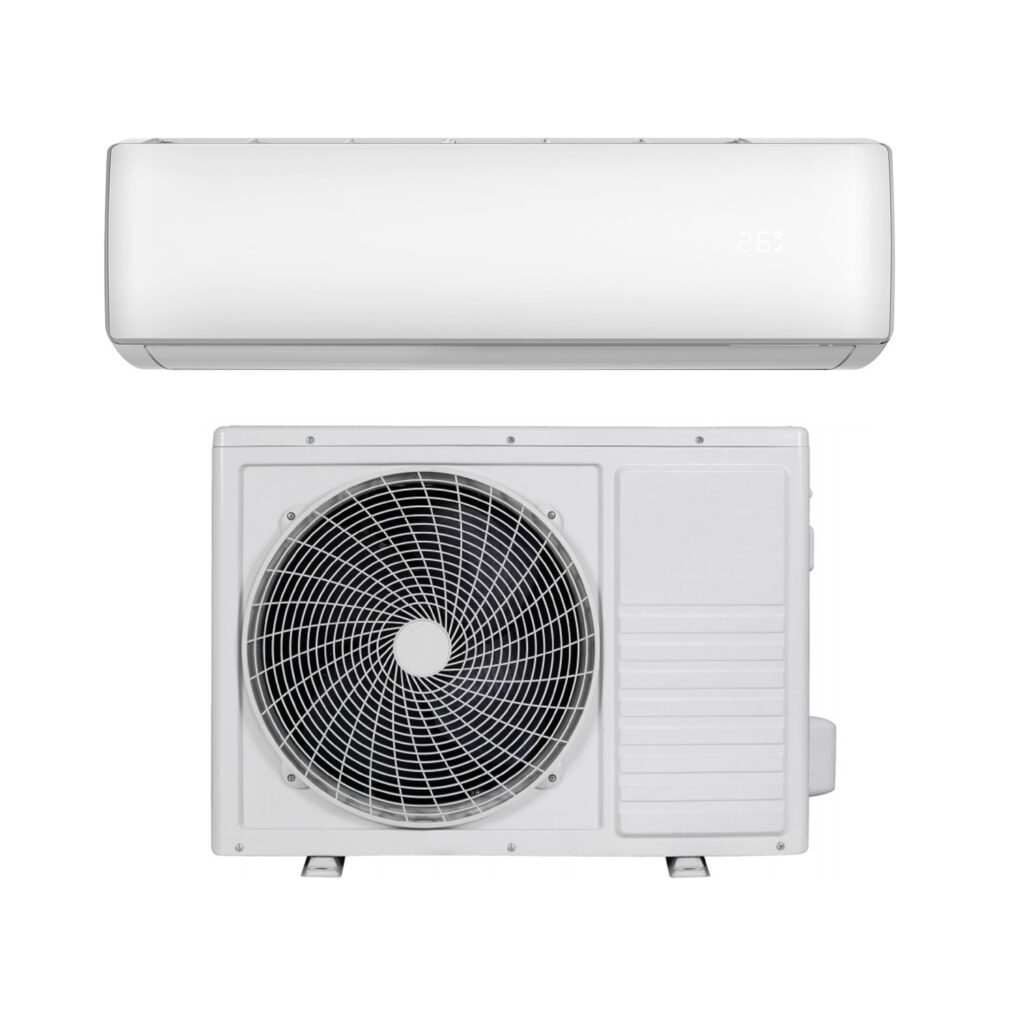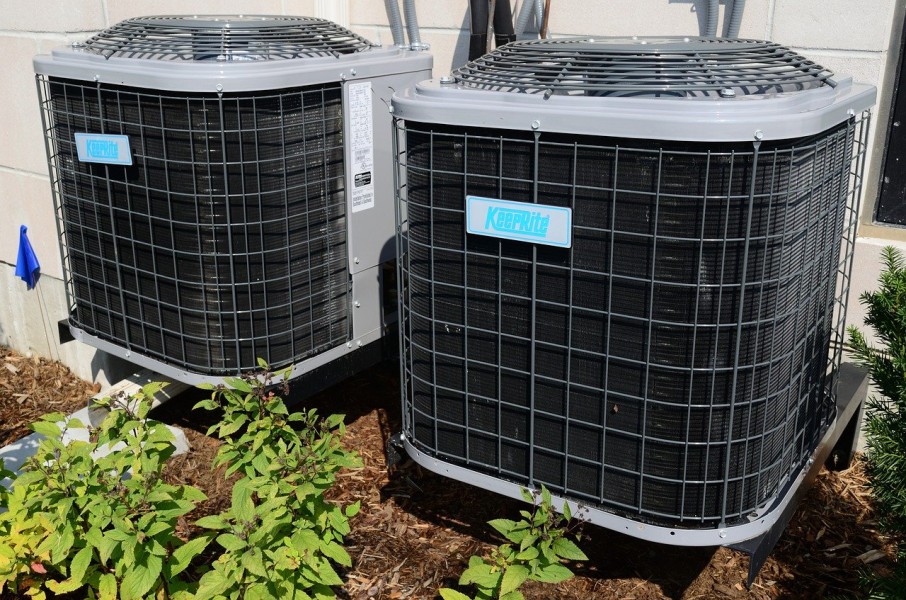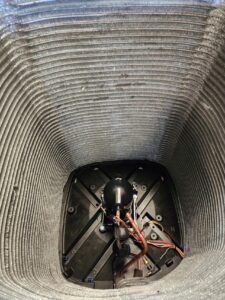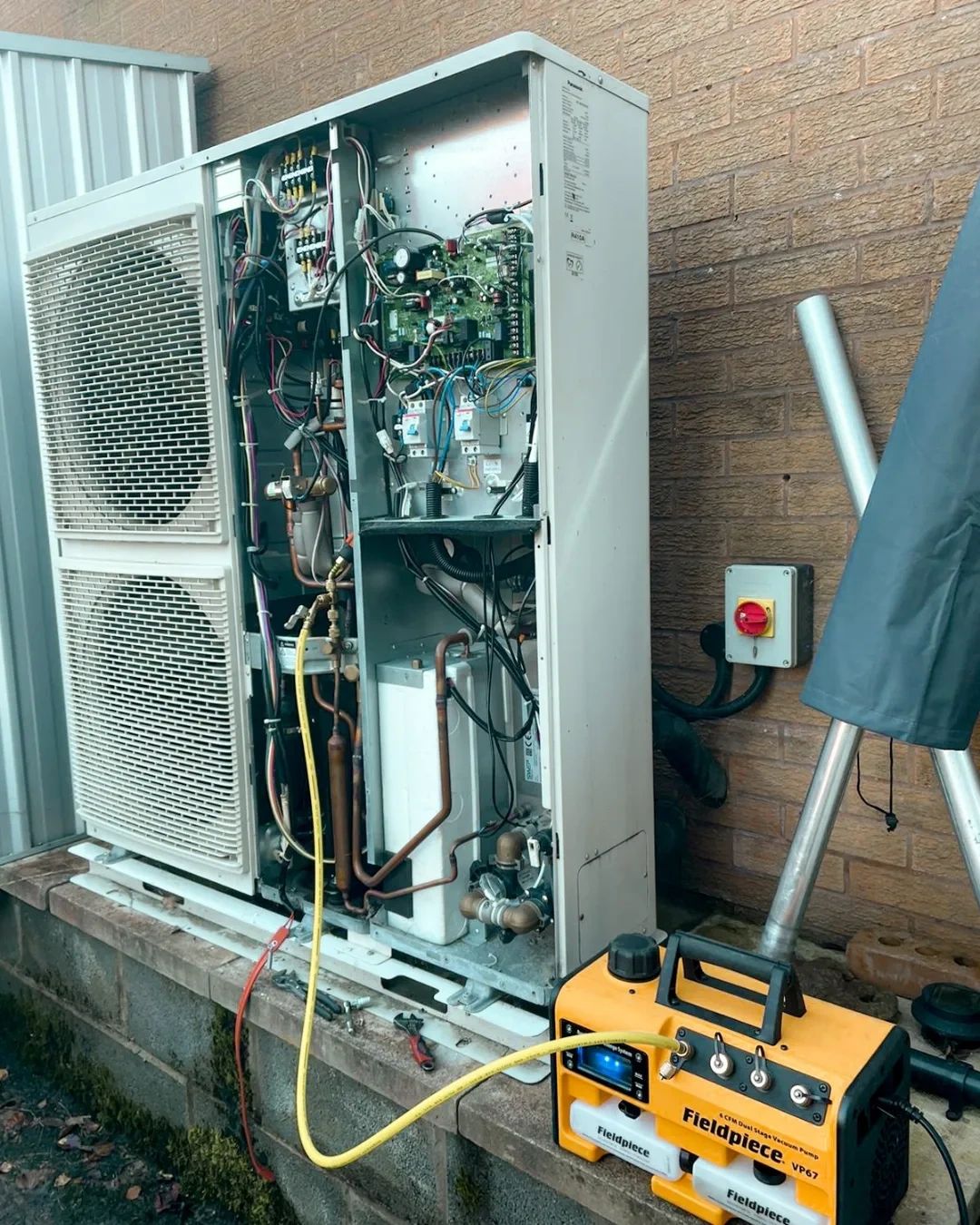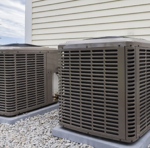what does btu stand for
BTU stands for British Thermal Unit
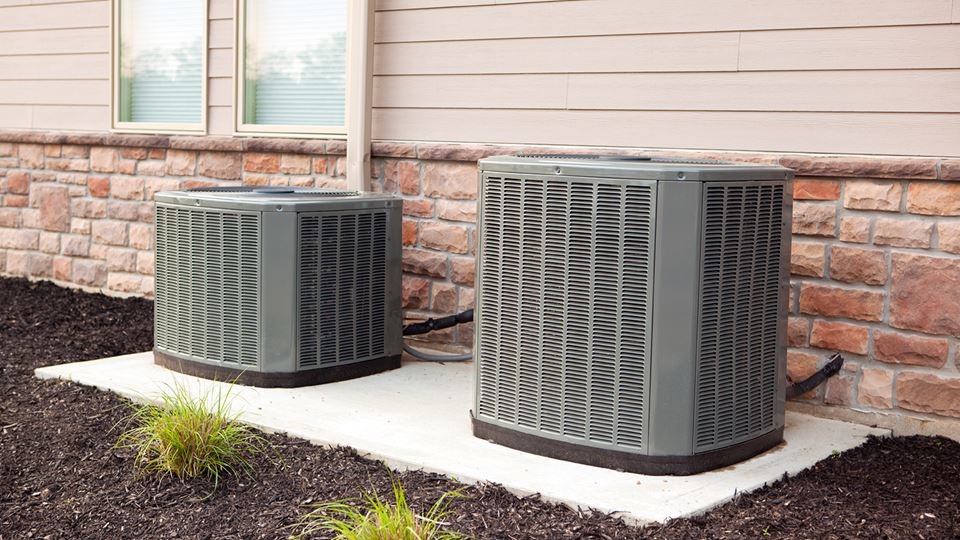
What is BTU
BTU stands for British Thermal Unit, which is a unit of measurement used to quantify the amount of thermal energy or heat energy. One BTU is approximately equal to the amount of energy required to raise the temperature of one pound of water by one degree Fahrenheit. It’s commonly used in the United States and some other countries to measure the energy content of fuels, as well as to describe the heating or cooling capacity of appliances such as furnaces, air conditioners, and heaters.
In more technical terms, a BTU is equal to about 1055.06 joules. It’s important in various industries, including heating, ventilation, and air conditioning (HVAC), where it’s used to determine the heating or cooling capacity of systems and the energy content of fuels like natural gas and oil.
Meaning of btu in air conditioning
In the context of air conditioning, BTU (British Thermal Unit) refers to the cooling capacity of an air conditioner. BTUs measure how much energy an air conditioner uses to remove heat from indoor air in an hour. Typically it measures the amount of heat an air conditioner can remove from a space in one hour. The BTU rating is used to describe the cooling power of the air conditioner and helps determine its suitability for cooling specific room sizes.
Here’s how it works:
- Cooling Capacity: Air conditioners are designed to cool indoor spaces by removing heat from the air. The cooling capacity is typically measured in BTUs per hour (BTU/h) or tons of cooling. One ton of cooling is equivalent to 12,000 BTUs per hour. So, if an air conditioner has a rating of 24,000 BTU/h, it’s equivalent to a 2-ton air conditioner. The higher the BTU rating, the greater the cooling capacity of the air conditioner.
- Room Size: To choose the right-sized air conditioner for a particular room, you need to consider the size of the space and the heat load it experiences. A room with a larger area or more heat-producing appliances may require a higher BTU air conditioner to effectively cool the space.
- Energy Efficiency: While higher BTU ratings indicate greater cooling capacity, it’s also important to consider the energy efficiency of the air conditioner. A more energy-efficient unit can cool a space effectively while using less electricity.
It’s essential to choose an air conditioner with the right BTU rating for your specific needs. If the BTU rating is too low for the room size, the air conditioner may struggle to cool effectively. On the other hand, if the BTU rating is too high for a small room, it may cool the space too quickly and not dehumidify the air properly, leading to discomfort. Proper sizing is crucial for efficient and effective cooling.

Why is heat measured in BTU?
Heat is quantified in British Thermal Units (BTU), a fundamental measure of energy in the context of heat transfer. Originally, one BTU was defined as the amount of energy required to raise the temperature of one pound of water by one degree Fahrenheit. This unit of measurement is not confined to air conditioning but is widely employed globally for various heating and cooling applications.
BTUs play a pivotal role in evaluating the performance of heating and cooling appliances such as furnaces, heat pumps, and even cooking devices. HVAC professionals utilize BTUs to assess both heat loss and heat gain, making it a valuable metric for analyzing an air conditioner’s efficiency.
Understanding the significance of the BTU rating is essential for consumers. An air conditioner with an excessive BTU rating for a given space can lead to increased energy costs. This is because the unit will cycle on and off more frequently, reducing overall efficiency. It may also fail to adequately remove heat, resulting in a less comfortable indoor environment.
Conversely, selecting an air conditioner with too few BTUs for a space can lead to issues as well. The unit may run continuously in an attempt to cool a large area, resulting in uneven temperature distribution and higher energy consumption.
Knowing the appropriate BTU rating for your space is crucial to avoid these problems and determine whether you need a central AC system or a ductless unit. In summary, BTUs serve as a universal measure of heat, aiding in the proper sizing and performance evaluation of heating and cooling equipment.
how to choose air conditioner size
In the realm of air conditioning, accurately determining the appropriate BTU rating for your cooling needs is of paramount importance. Generally, a rule of thumb suggests that for every square foot of living space, you should allocate around 20 BTUs to effectively cool that area, as per Consumer Reports. This simplistic method involves multiplying your space’s square footage by 20 to estimate the required BTUs. For instance, if you’re seeking an air conditioner for a 1,400-square-foot home, you’d ideally look for a unit with a 28,000 BTU rating. However, it’s crucial to recognize that this is a general guideline and doesn’t account for specific nuances, such as ceiling height and the dimensions of doorways and windows, which can influence the calculation.
As a practical aid in selecting the right air conditioner for your space, we present a BTU chart based on square footage. It builds upon the concept that each square foot generally necessitates 20 BTUs for optimal cooling. To offer a simplified reference, we’ve created a table that approximates the BTU requirements for various room sizes. For smaller spaces, it’s important to note that 5,000 BTUs is the lower limit for stationary AC units, ensuring you choose an adequately sized unit for your cooling needs. This table provides a quick and convenient reference to help you make informed decisions regarding your air conditioning requirements.
Table for choosing right air conditioner
| House Square Footage | BTUs Needed |
| 100-150 | 5,000 |
| 150-250 | 6,000 |
| 250-300 | 7,000 |
| 300-350 | 8,000 |
| 350-400 | 9,000 |
| 400-450 | 10,000 |
| 450-500 | 12,000 |
| 500-700 | 14,000 |
| 700-1,000 | 18,000 |
| 1,000-1,200 | 21,000 |
| 1,200-1,400 | 23,000 |
| 1,400-1,500 | 24,000 |
| 1,500-2,000 | 30,000 |
| 2,000-2,500 | 34,000 |
Relationship between BTU and tons
BTUs (British Thermal Units) and tonnage are linked in the context of air conditioning systems as they both relate to the cooling capacity of the system.
In the realm of HVAC, “tonnage” does not refer to the weight of your air conditioner. Instead, it serves as a descriptor for the cooling capacity, signifying the amount of heat an AC can extract to lower room temperature.
Understanding this relationship is essential when choosing the right air conditioner for a specific space.
- BTUs:
- BTUs are a measure of the heat energy that can be added to or removed from the air by an air conditioning system.
- In the context of cooling, BTUs indicate the amount of heat an air conditioner can remove from a space per hour.
- For example, an air conditioner with a rating of 10,000 BTUs can remove 10,000 BTUs of heat energy from the indoor air in one hour.
- Tonnage:
- Tonnage is a unit of measurement for an air conditioner’s cooling capacity. One ton of cooling is equal to the removal of 12,000 BTUs of heat energy per hour.
- Air conditioners are often rated in tons, where a 1-ton air conditioner can remove 12,000 BTUs of heat per hour, a 2-ton unit can remove 24,000 BTUs, and so on.
The relationship between BTUs and tonnage is straightforward:
- 1 ton of cooling = 12,000 BTUs per hour.
When you see an air conditioner rated in tons, it is essentially telling you how many thousands of BTUs it can remove per hour. For instance, a 3-ton air conditioner has a cooling capacity of 36,000 BTUs per hour (3 tons x 12,000 BTUs/ton), while a 2.5-ton unit can remove 30,000 BTUs per hour (2.5 tons x 12,000 BTUs/ton).
When determining the appropriate air conditioner size for a specific space, you can use the following steps:
- Calculate the square footage of the area you want to cool.
- Estimate the heat load, which considers factors like insulation, sun exposure, and the number of occupants.
- Use a rule of thumb or a professional HVAC calculation to determine the required BTUs.
- Convert the required BTUs to tons by dividing by 12,000 (since 1 ton = 12,000 BTUs).
- Select an air conditioner with a tonnage rating that matches or slightly exceeds the calculated tonnage.
Properly matching the tonnage of the air conditioner to the cooling needs of the space ensures efficient and effective cooling while avoiding excessive energy consumption and equipment wear.
how many btu in ton?
There are 12,000 BTUs in 1 ton of cooling capacity.
how many btu per ton
There are 12,000 BTUs per ton of cooling capacity.
Converting Kilowatts to BTUs and vice versa
Before you pick an air conditioner for your home, you might wonder how much electricity it will use and affect your utility bills. You can figure this out by converting BTUs to kilowatts, and this can help you make a smarter choice.
Let’s break it down:
- What’s a Kilowatt? A kilowatt is a measure of power, and it’s equal to 1,000 watts. It tells you how much energy an appliance needs to run.
- Kilowatt-Hours (kWh): A kilowatt-hour is the amount of energy used by an appliance in one hour. This helps you understand how much energy your AC uses over time.
Converting BTUs to Kilowatts: To convert BTUs to kilowatts, you multiply the BTUs by 0.000293. For example, if your air conditioner has 12,000 BTUs, it’s equal to 3.516 kilowatts or 3,516 watts. If your AC runs for five hours a day, it uses 17.58 kilowatt-hours.
- 12,000 BTU x 0.000293 = 3.516 kilowatts
- 3.516 kilowatts x 4 hours a day = 17.58 kilowatt-hours for your air conditioner
Estimating Energy Costs: To estimate your energy costs, multiply your kilowatt-hours (in this case, 17.58) by the number of days in a month (usually 30). That gives you 527.4 kilowatt-hours per month. Then, multiply this by your electricity rate.
- 17.58 kilowatts x 30 days in a month = 527.4 kilowatt-hours per month
- 527.4 kilowatt-hours x 0.12 cents per kilowatt-hour (average electricity rate in the U.S.) = $63.288
We understand that this may seem like a lot of math, but these calculations can help you make a well-informed decision when choosing your air conditioner and understanding your potential energy costs.
conclusion
Understanding BTUs, tons, and kilowatts is essential for making informed decisions about air conditioning and managing energy efficiency. BTUs quantify cooling power, tons relate to this capacity, and kilowatts represent power usage. Properly sizing your system ensures efficient cooling without unnecessary energy waste. These insights empower you to select the right HVAC system and estimate associated costs, ensuring comfortable and cost-effective indoor environments.

